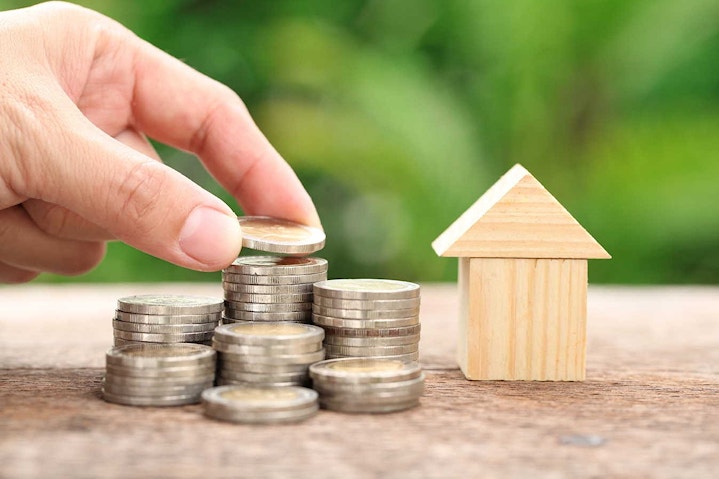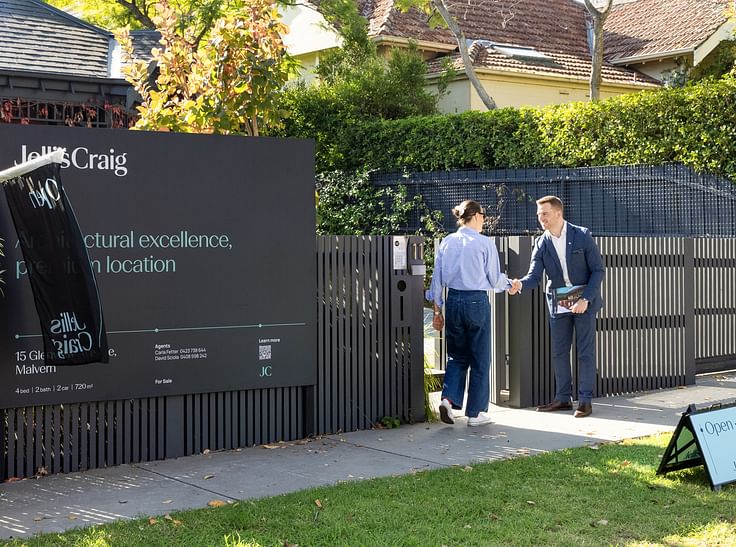Insight: capital gains

More than 50 per cent of Australian's wealth is held in housing and Australians traditionally view property as a desirable asset class. Yet like any form of investment, property is subject to tax payments including stamp duty when you purchase and capital gains tax when you sell.
Understanding the nuts and bolts of capital gains and capital gains tax (CGT) is important but not difficult. And there are some ways property investors can keep this cost to a minimum.
What is capital gains and capital gains tax?
The ATO views a capital gain (or capital loss) as the difference between what an asset cost you and what you receive for it when you dispose of it. For example, if you paid $200k for an investment property in 2010 and then sell it in 2016 for $280k, you've made a capital gain of $80k. By law, you are required to pay tax on that capital gain, hence the name capital gains tax.
While CGT is always paid on investment properties, most personal assets are exempt, including your home or primary place of residence. CGT also doesn’t apply to depreciating assets used solely for taxable purposes, such as fittings in a rental property. For more information about what CGT tax is, head to the ATO website.
How is capital gains tax calculated?
Your capital gain forms part of your assessable income in whatever year the capital gain occurred. Based on the previous example (of a property that is purchased for $200K then sold for $280K) if your income is $100k you would add the capital gain of $80k to this amount, making your total income $180k. (If you make a capital loss, you can't claim it against income but you can use it to reduce another capital gain in the same, or a future, income year).
Minimising CGT
The good news for investors is that if you’ve made a capital gain but you‘ve owned that asset for more than 12 months, you are eligible for a 50 per cent capital gains tax discount. This discount, as well as other policies that benefit property investors (such as negative gearing) has been the subject of much recent debate however the Turnbull government has promised not to change the current capital gains tax policy.
There are other ways to reduce your CGT. Trying to reduce your other taxable income, renovating the investment property and looking onto setting up a self managed super fund are all possible approaches.
At Jellis Craig Boroondara we suggest talking to a trained tax professional who will consider your individual circumstances and guide you in the right direction.









